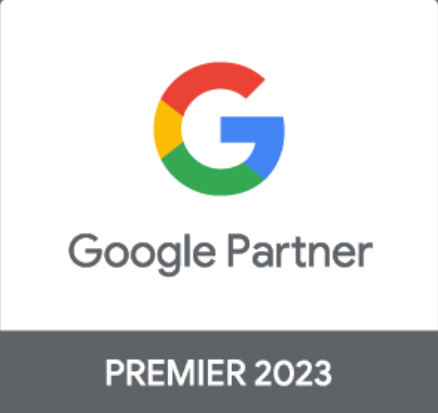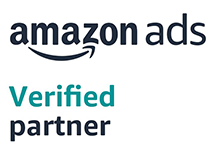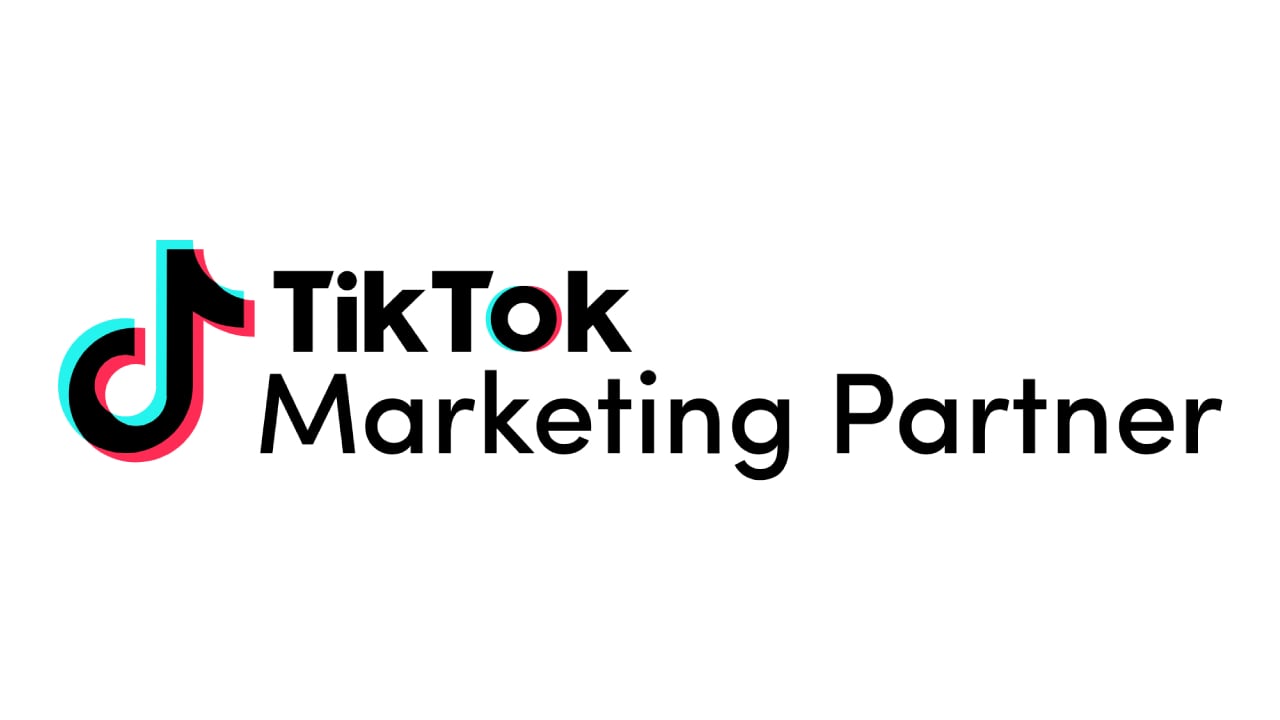Festive season is just around the corner and it is undoubtedly the best time for your e-commerce brand to scale and get best returns. But how?
Meta is currently one of the most populous as well as popular social media platforms. It also has the largest ad reach and thus, naturally becomes the place where you should be marketing your e-commerce products with full force this festive season. Setting up a successful meta ad campaign becomes crucial to gain maximum benefits.
How to set up a successful Facebook ad campaign
1. Your ad copy should cater to your target audience
You can follow some practices and tips to ensure your ads reach and cater to the right people in the huge ecommerce market-
- Promote ads that are product specific and land your audience on that very product page. Ads that land your audience on the category page or the home page often results in a lot of dropouts.

- Using clear CTA like 'shop now' helps target audience which has an intention to buy. CTAs like 'Know more', 'Learn more' etc., do not help establish such intent of audience.

- Always display price on the ad to bring in those people who are actually willing to purchase the product at that price and filter out irrelevant audiences. Pro tip: Always ensure live sync of prices in your ads.
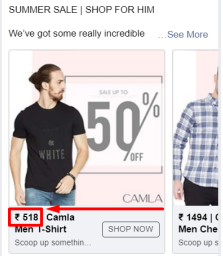
2. Make your products more and more visible
Around 20% of people who click on your ads do not land on your website due to reasons like wrong or mistaken clicks, change of minds, etc. Follow these points to ensure this doesn't happen-
- The slow loading speed of your website on mobile view can frustrate your audience and make you lose out on them. Use tools like Google Speed Insights or GTmetrix to find your website loading speed.
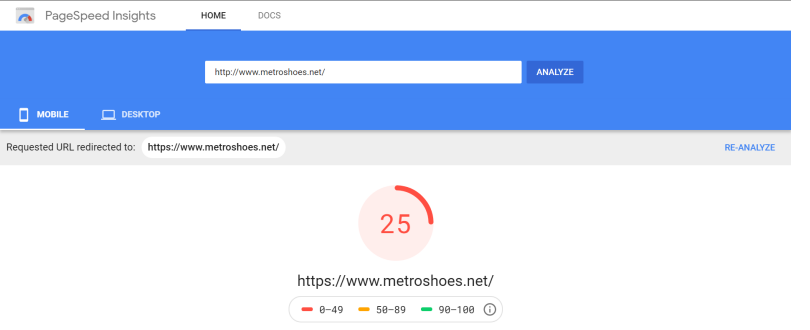
- Always display related products on the product page your ad directs the audience to. Showing recommended products ensures that your audiences are also presented with other products that they might be interested in. This also increases the number of products they see on your website.
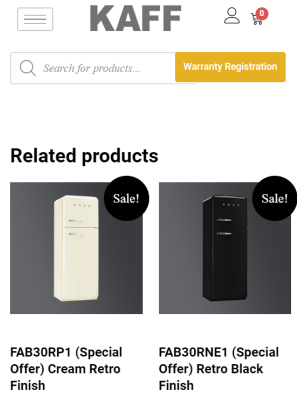
- Follow the golden rule of thumb- the lesser the number of clicks, higher are the
chances of conversion. For instance, using carousel ads for a single product always has a higher chance of conversion than ads showing multiple products that lands your audience on the home page.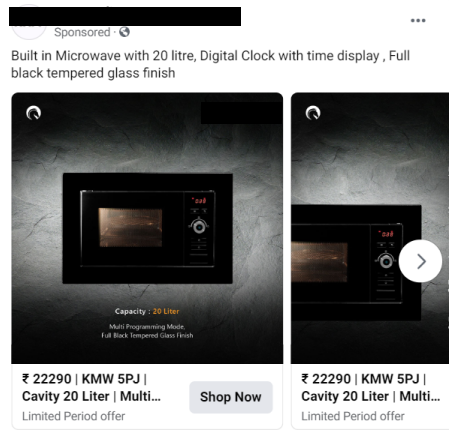
3. How to get maximum conversions
For getting maximum conversions you need to keep a check on number of things, a number of which we have already discussed in this blog. Here's a checklist for you to see what you are doing and what you need to start doing-
- Overall speed across all the pages (website, home page, product page etc.)
- Use precise call to action buttons like 'Shop now'
- Multiple payment options, especially COD
- No distractions on product page like links to your social media handles
- Quick and easy checkout option
4. Bring your high-valued products to the limelight
Festive season is the time when people are more likely to buy your high-valued products. Best thing about high-valued products? They help you earn significant profits instead of just getting sales. Here's how to sell more high-valued products-
- Sell bundled products to increase your profits while incurring similar cost per acquisition as for a single product.
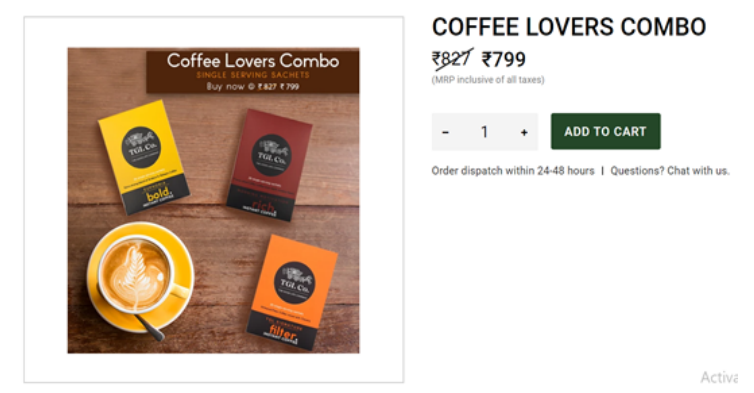
- Using filters and segmentation is great way to direct your audience to your high-valued products. During festive season, focus more on displaying your high-priced products instead low-priced ones.
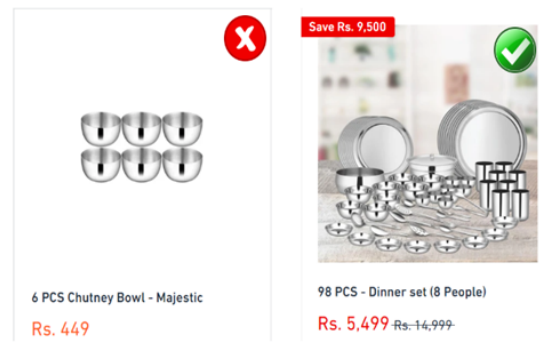
- Dedicate complete funnel marketing to your high-priced products to push more of them during this festive season.
To conclude...
Festive season is the best time for your ecommerce brand to increase sales and make substantial profits. Setting up a dedicated ad campaign for the festive season is a must. Meta provides you the best platform to do so as it is currently one of the largest social media platform with a huge market-reach.
AdYogi's automation support and ad creation tools can help you make the most this festive season like a boss!
Get in touch to see how we can help you grow your business online.


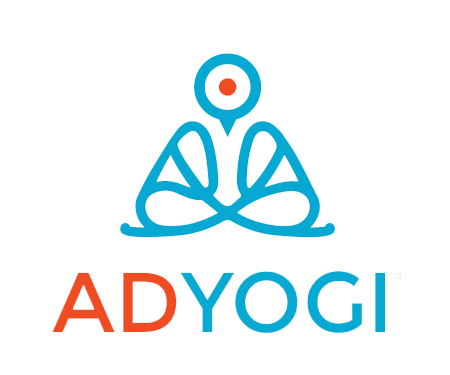


-1.png)
